New Book Details Rise and Fall of Iconic Brooklyn Store Abraham & Straus
Shopping at storied fancy-goods emporium Abraham & Straus in Downtown Brooklyn was an experience in luxury and elegance.

Images from the collection of Michael J. Lisicky
Shopping at fancy-goods emporium Abraham & Straus in Downtown Brooklyn was an experience in luxury and elegance. The spectacular building, with its five-story rotunda and glass dome, had more than 40 departments, including custom-made shoes. “It’s worth a trip from anywhere” was the store’s slogan.
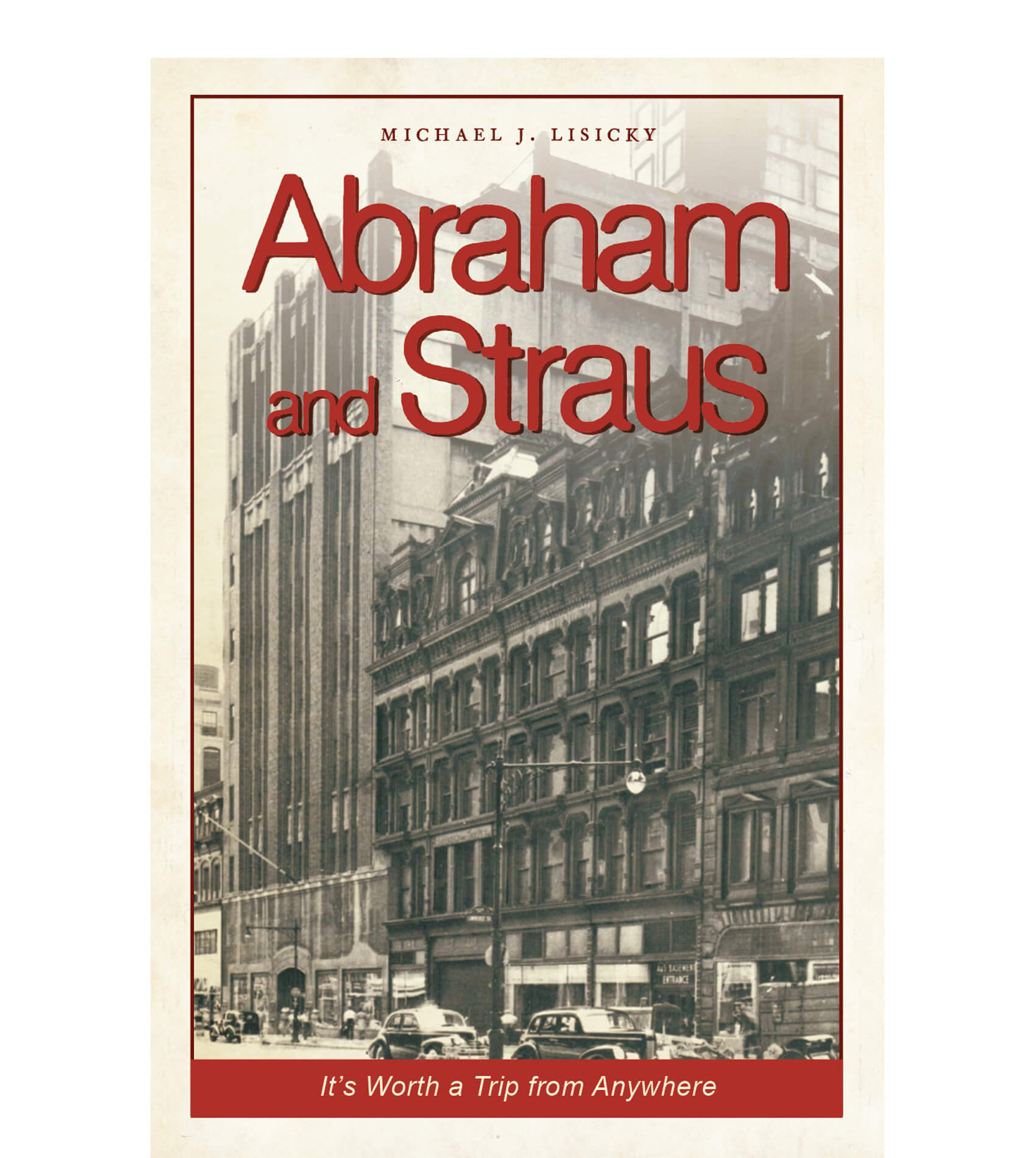
Abraham and Straus: It’s Worth a Trip From Anywhere chronicles the history of the Brooklyn icon, from its Fulton Street debut as Wechsler & Abraham to its 1995 incorporation into Macy’s. Published in November by the History Press, the book is the tenth on department store history by author Michael Lisicky, a Baltimore resident and oboist with the Baltimore Symphony Orchestra.
“Since its switchover to Macy’s, the once-proud store has consistently dwindled in size and prominence,” Lisicky told Brownstoner. “Though the book details the ups and downs of A&S and Fulton Street, it tries to look forward with hope and anticipation of the area’s development.”
Lisicky will discuss the legendary store’s history, impact on Brooklyn, and its future at the Brooklyn Public Library on Wednesday, December 20. Brownstoner spoke to the author about why he wrote the book and what he discovered. (Read an excerpt here.)

What inspired you to write about A&S?
I am the author of nine department store books and I was just so surprised that the history of Abraham & Straus had never been fully documented. It was such a leader in the industry and was the founding party behind Federated Department Stores.
What was special about the A&S flagship in downtown Brooklyn? What role did it play in Brooklyn?
The Fulton Street flagship was the fourth largest department store building in the country. That’s no small feat. It’s also one of the few downtown department stores in the country still in operation. I also don’t know of any other store that had such an elegant and prominent elevator court. A&S grew up with Brooklyn and Brooklyn grew up with A&S. Founder Abraham Abraham was one of the borough’s greatest champions.
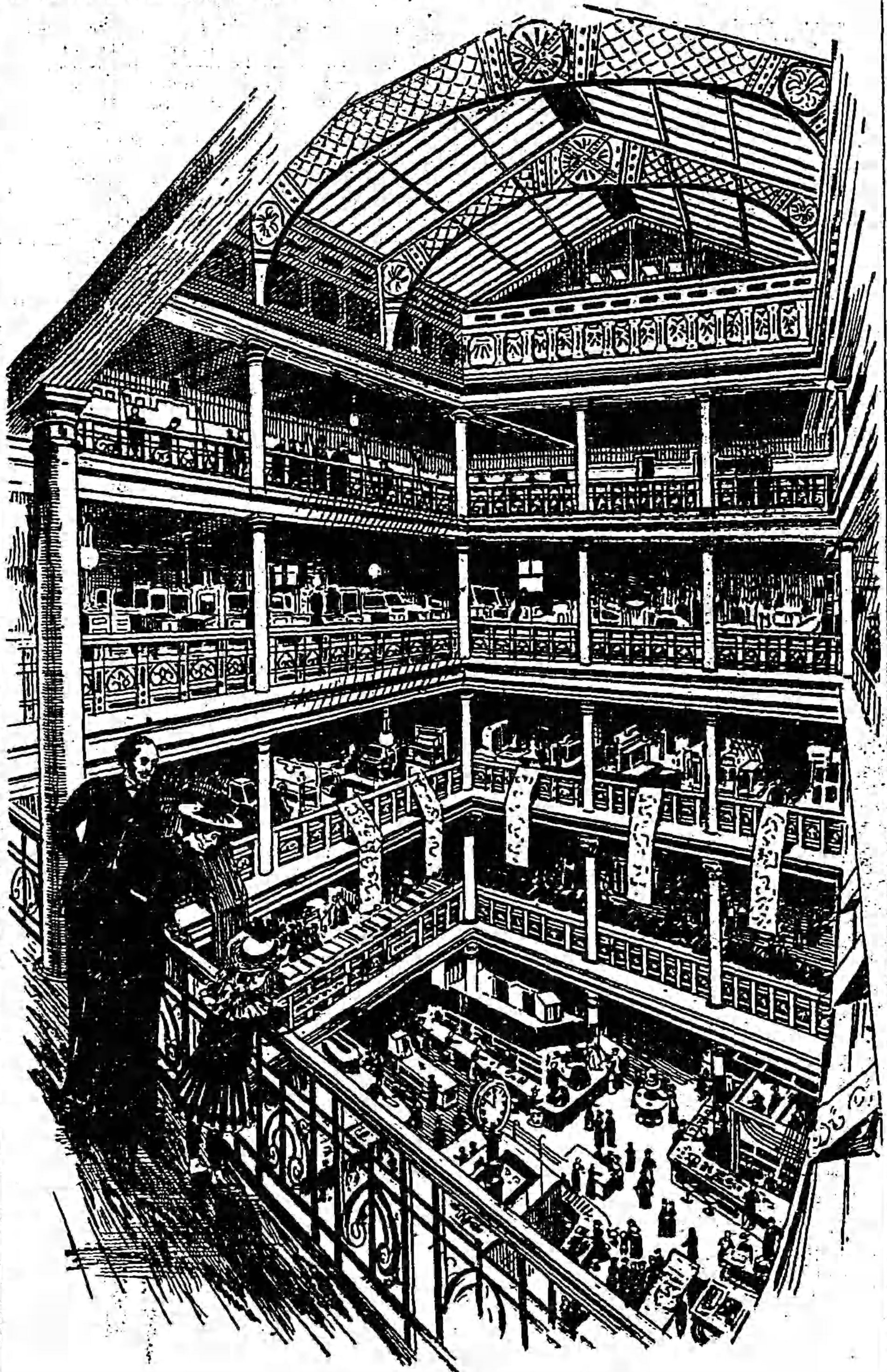
What led to its demise?
Many factors contributed to the demise. The department store industry declined as the middle class population declined. Suburban competition and growth, combined with a need for value and competition and aging buildings, certainly didn’t help. Department stores were expensive to operate.
How did you become interested in the history of department stores?
Sometimes we like odd things for some unknown reason. I liked department stores from a very early age. They defined the cities they served and A&S certainly defined Brooklyn. But as I grew older, I saw these great businesses fall into tough times. When Gimbels met its demise in 1986, I knew these places were not going to be around forever and I just needed to know their stories. All of them. I challenge anybody to quiz me.
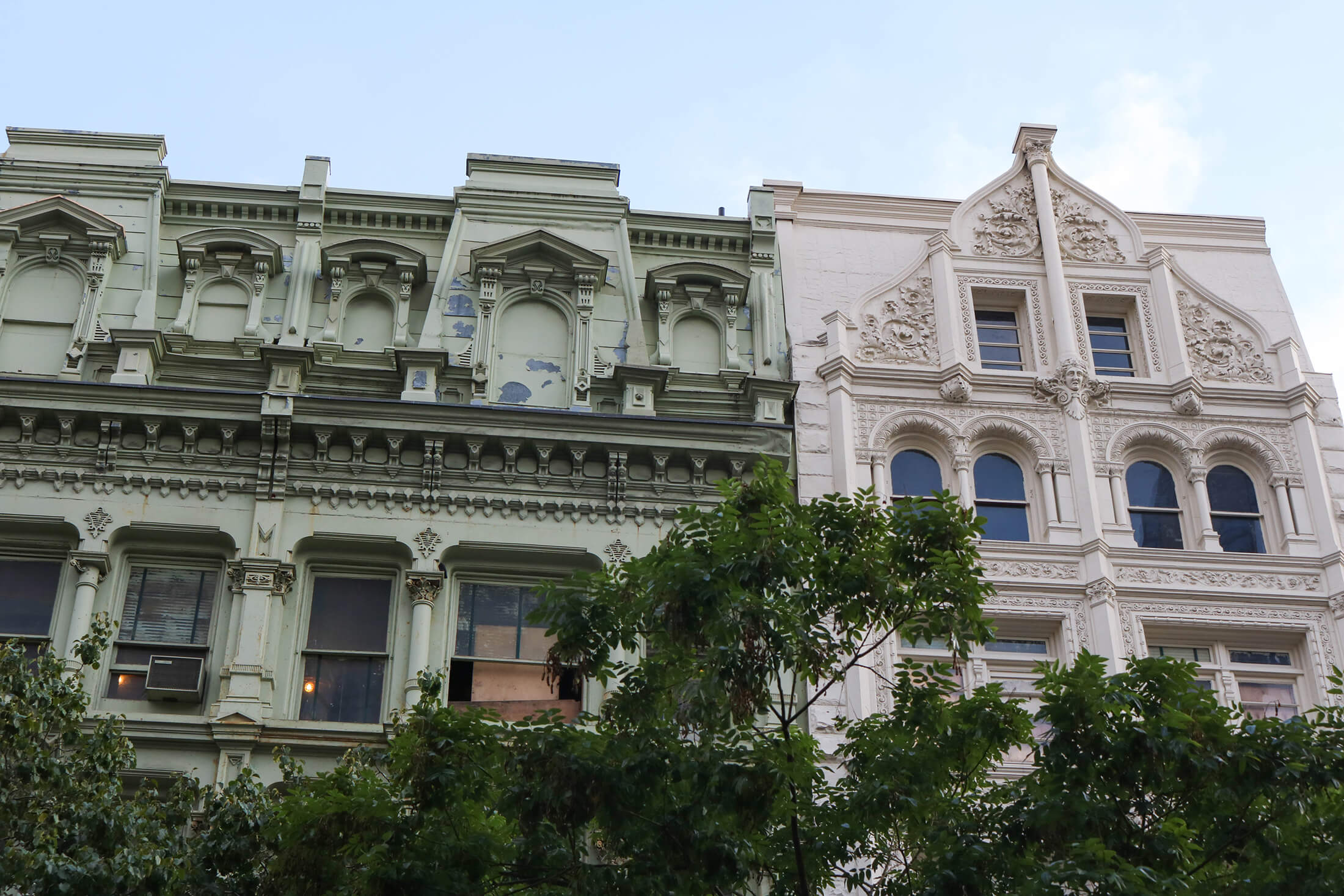
How do you find time to research and write books on department store history while also working full time as an oboist in the Baltimore Symphony Orchestra?
It’s amazing what you can accomplish in front of a television. I’m an expert at multitasking and I love history. But I want the information to be correct. For some reason being a symphony musician has also helped me approach people. They feel that since you are a musician you are safe. And thank you for acknowledging that being an oboist is a full time job! It is.
Did you uncover any surprises in your research on A&S?
I was always surprised at the collection of buildings that made up the Fulton Street flagship. There were so many expansions and additions. (That is one thing, A&S always seemed to grow.) In 1929, the store broke ground on a new cohesive structure that would be completed in three stages. Only one stage (Livingston and Hoyt) was completed. The company decided to invest its money elsewhere as the Depression kicked into gear.
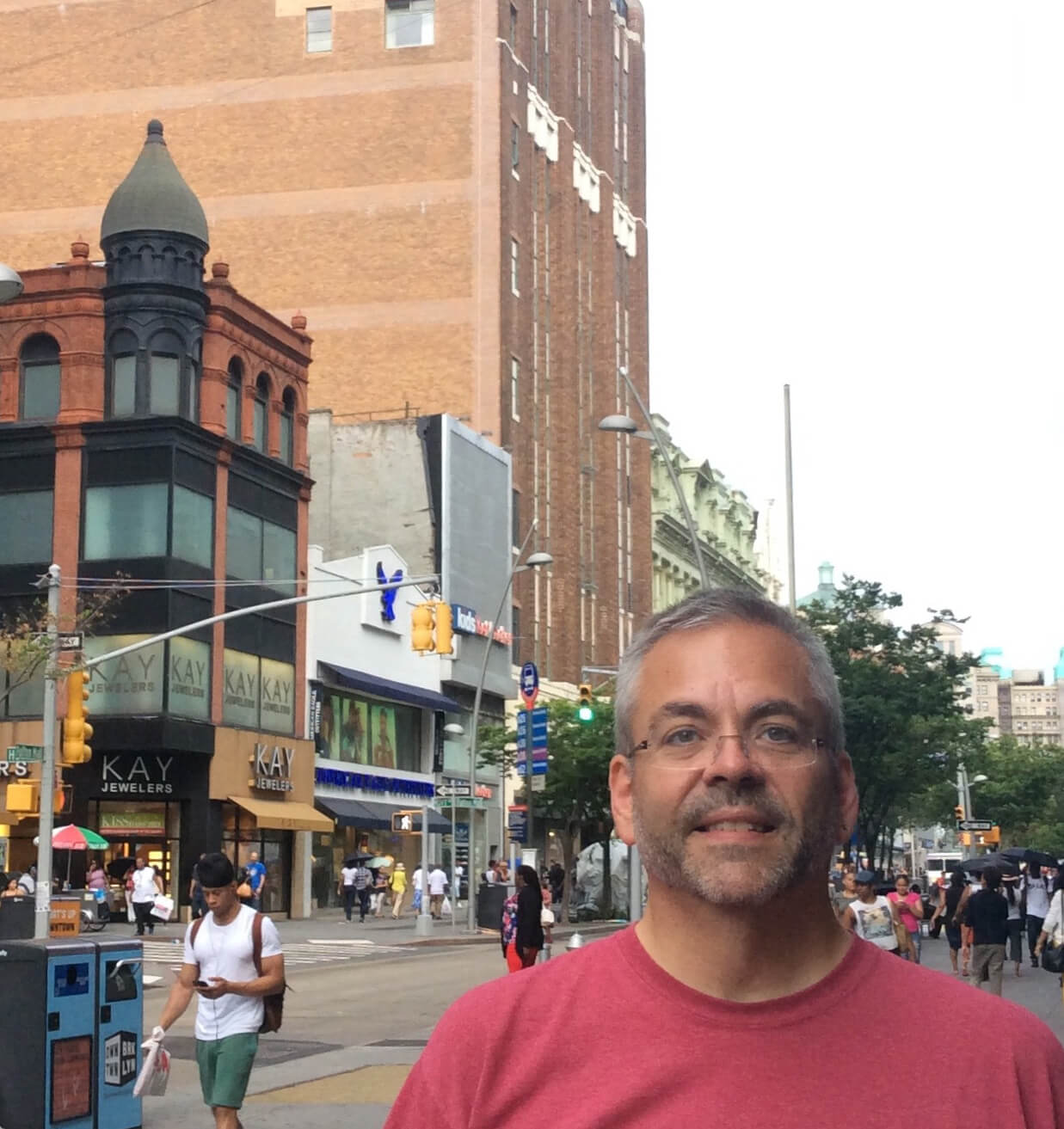
Are there any traces remaining of the original store on Fulton Street? Any predictions for the future of the physical store in downtown Brooklyn?
Just in the past month, the 1873 section with the mansard roof was removed. That was part of the Wheeler Building, an iconic speculative structure that eventually redefined Brooklyn’s commercial core. The interior is basically gutted. Some loyalists are dismayed and I get it. But something had to be done. It had fallen too far. Fulton Street has a future; I don’t have to say that to Brooklynites. But Fulton Street’s success no longer depends on what is now Macy’s. Forty years ago, Fulton Street could never have contemplated a future without A&S.
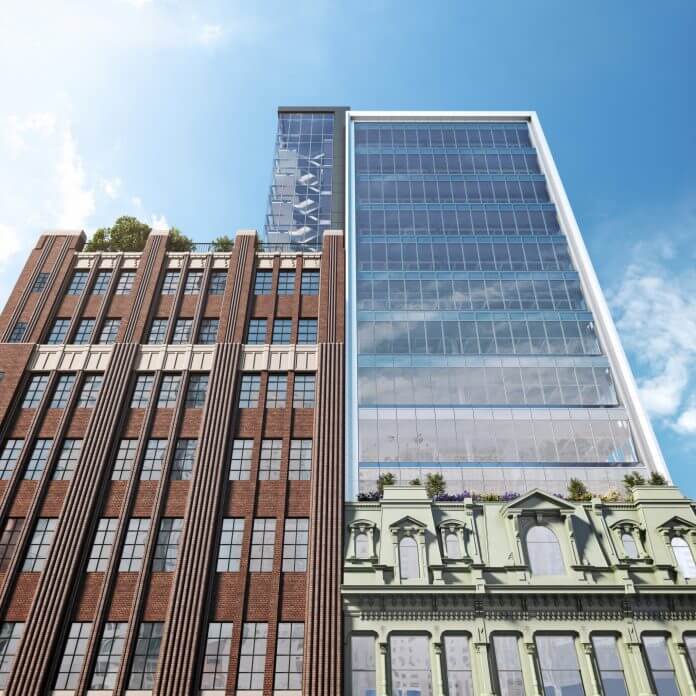
Advertising disclosure: This webpage contains affiliate links from Amazon and other companies. By purchasing through these links we may earn a small commission, however you pay the same price for the item.
Related Stories
- Macy’s Distinctive 19th Century Mansard Roof Vanishes From Fulton Street — Temporarily
- Macy’s, Tishman Speyer Enter $270 Million Deal to Remake Historic Downtown Brooklyn Store
- The Inside Story of Iconic Brooklyn Emporium Abraham & Straus at the Dawn of the 20th Century
Email tips@brownstoner.com with further comments, questions or tips. Follow Brownstoner on Twitter and Instagram, and like us on Facebook.





What's Your Take? Leave a Comment